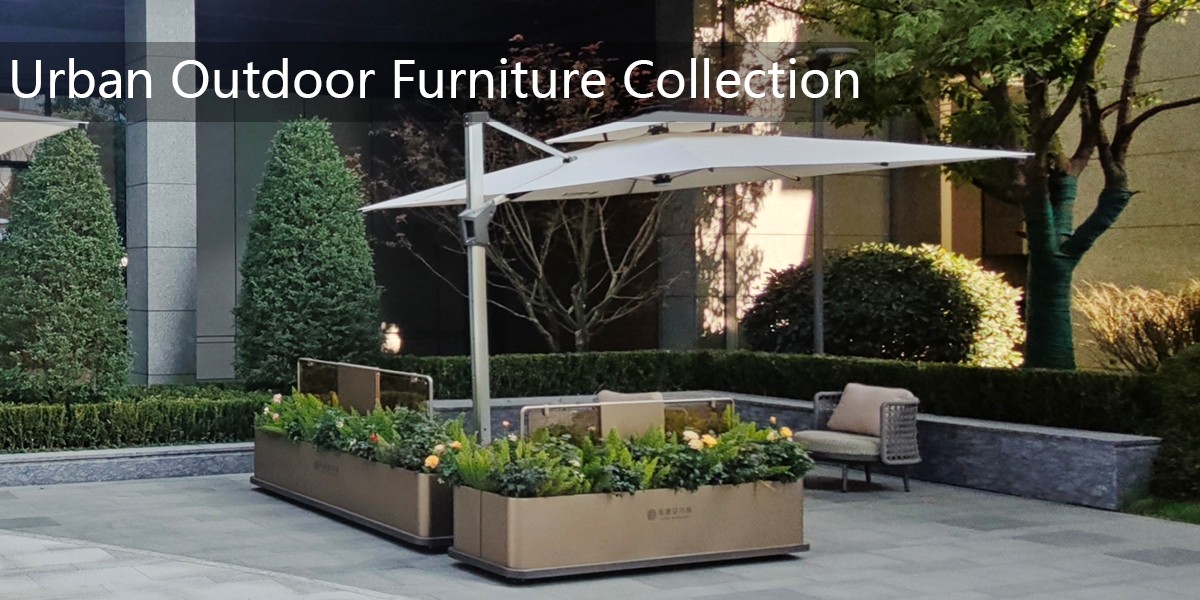Outdoor sculptures often employ clever perspective tricks to captivate viewers and transform public spaces into interactive art experiences. Artists manipulate depth, scale, and viewing angles to create optical illusions that challenge perception.
One common technique is forced perspective, where sculptures appear larger or smaller depending on the viewer's position. Some installations use anamorphosis - distorted images that only resolve into clear forms when viewed from a specific vantage point.
Modern sculptors also play with negative space, using openings in structures to frame landscapes in surprising ways. Materials like polished metal can reflect surroundings, making sculptures seem to disappear or merge with their environment.
These perspective tricks engage audiences, inviting them to move around the artwork and discover hidden dimensions. By breaking the boundaries between art and viewer, outdoor sculptures create memorable, shareable moments in urban landscapes.
The most successful perspective-based sculptures consider their environment carefully, using sunlight, shadows, and surrounding architecture to enhance their illusions. This thoughtful integration ensures the artwork evolves throughout the day and across seasons.


